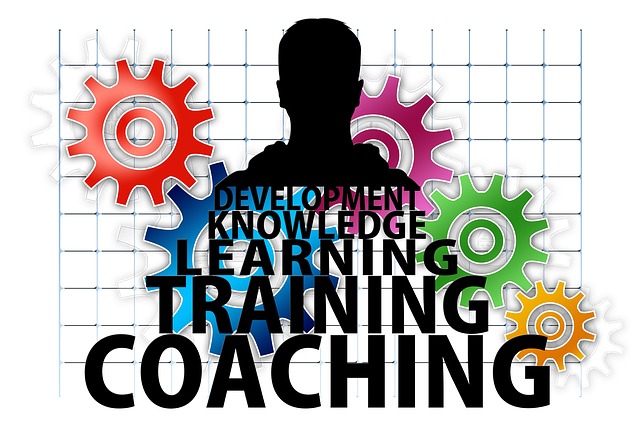When discussing what is required to be a mindfulness meditation trainer, Jack Kornfield and Tara Brach spoke about what they have incorporated in their Mindfulness Meditation Teacher Certification Program to help build the requisite qualities.
They explained that fundamentally it is a relationship-based program through interaction with peer groups and individual/group mentors, as well as with the program teachers. This interaction is built around the central online video teaching and meditation practices.
The Practicum
The meditation teacher program incorporates a practicum in the second year which involves teaching an introductory 4 or 6 weeks course. The practicum can cover any related area such as teaching neuroscience, valuing diversity or the principles and practice of positive psychology.
Design and implementation of the practicum is supported through the mentoring groups. This aspect of the mindfulness teacher training program is aligned with the principles of action learning which involves people learning through planning and action and reflecting on the outcomes, intended and unintended.
Content areas of the meditation teacher program
Jack and Tara identified a number of aspects of meditation training covered in the program including:
- mindful movement practices
- pedagogy – principles and practice
- different models of teaching
- the role of the teacher
- the ethics of meditation training
- multicultural sensitivity
- fear and trauma
- social activism
Handling difficult questions is an aspect that is discussed in the mentoring groups as a way of building trust and relationships and drawing on the wisdom of the group. Dyads are also employed as a mode of sharing and learning.
The program emphasises what mindfulness involves in the modern era and incorporates personal reflection, journaling and discussion with other international participants. It is designed to fully equip participants to conduct meditation training with different groups of people while sharing their own in-depth meditation experience and employing a wide range of meditation practices.
After completing the program, participants may choose not to undertake meditation training for others. However, through their mindful presence in their day-to-day roles, such as management educators or nurses, they can impact the lives of others in a positive way.
As we grow in mindfulness, we can positively influence the lives of others through our calmness, understanding, clarity, kindness and compassion.
By Ron Passfield – Copyright (Creative Commons license, Attribution–Non Commercial–No Derivatives)
Image source: courtesy of geralt on Pixabay
Disclosure: If you purchase a product through this site, I may earn a commission which will help to pay for the site, the associated Meetup group and the resources to support the blog.
